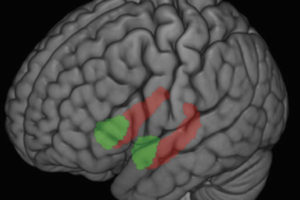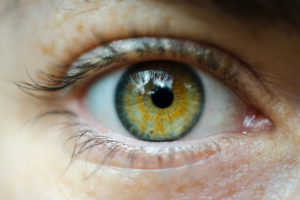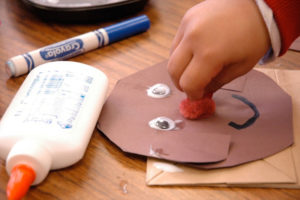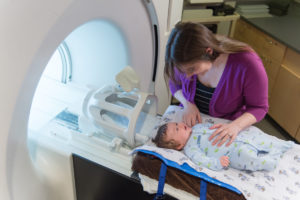In a recent study published in Scientific Reports, Center Assistant Scientist Cory Burghy and her research team compared brain function, endocrine function and behavior in identical twins. The value of this type of comparison is that any difference between the two identical co-twins must be environmentally produced since they are genetically identical. This powerful strategy enabled the team to zero in on the circuits in the brain and systems in the body that are shaped by experience.
Previous research has made the connection between higher cortisol (stress hormone) levels in childhood and lower connectivity between the amygdala, a brain structure critical for emotion, and the prefrontal cortex, which governs decision-making and self regulation.
In this study, Burghy and her team showed adolescent twins a series of faces paired with negative or neutral images and measured how their amygdalas responded. They demonstrated that the co-twin with the higher level of cortisol in childhood also had a slower recovery of the amygdala in response to a challenge as an adolescent. This co-twin also reported less healthy styles of coping where they pretended events weren’t real or didn’t happen to them rather than accepting them.
Burghy and her team believe these findings highlight the importance of experience and also underline the importance of childhood interventions to build resiliency. If children can learn healthy, effective coping strategies at a younger age, researchers believe such strategies will translate into adolescence and beyond.






